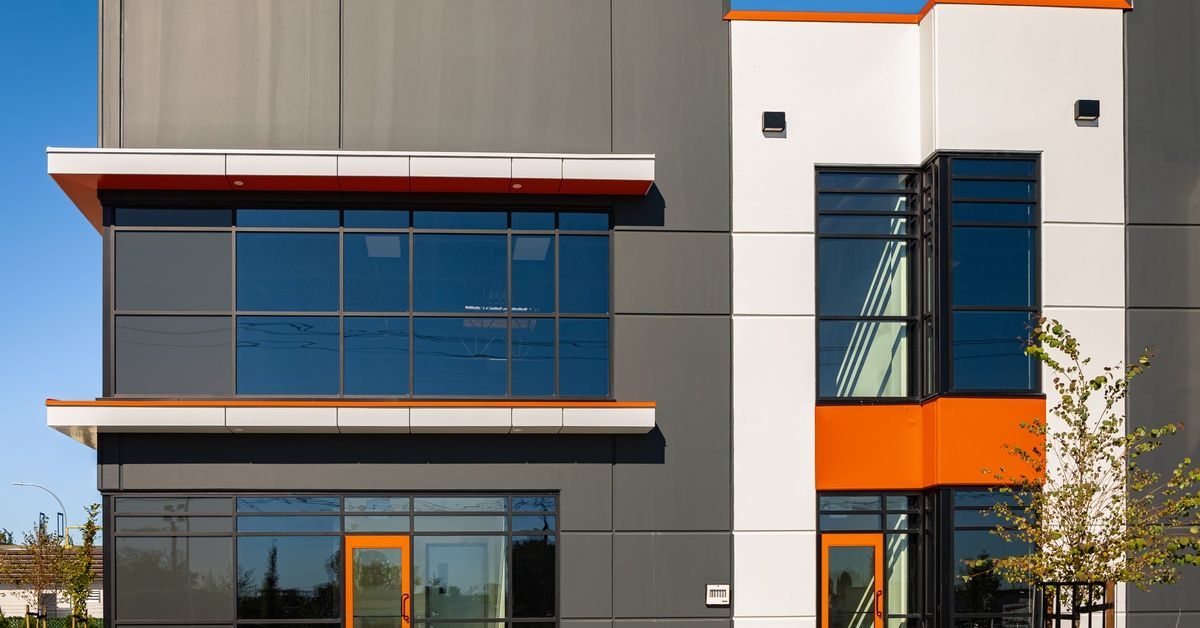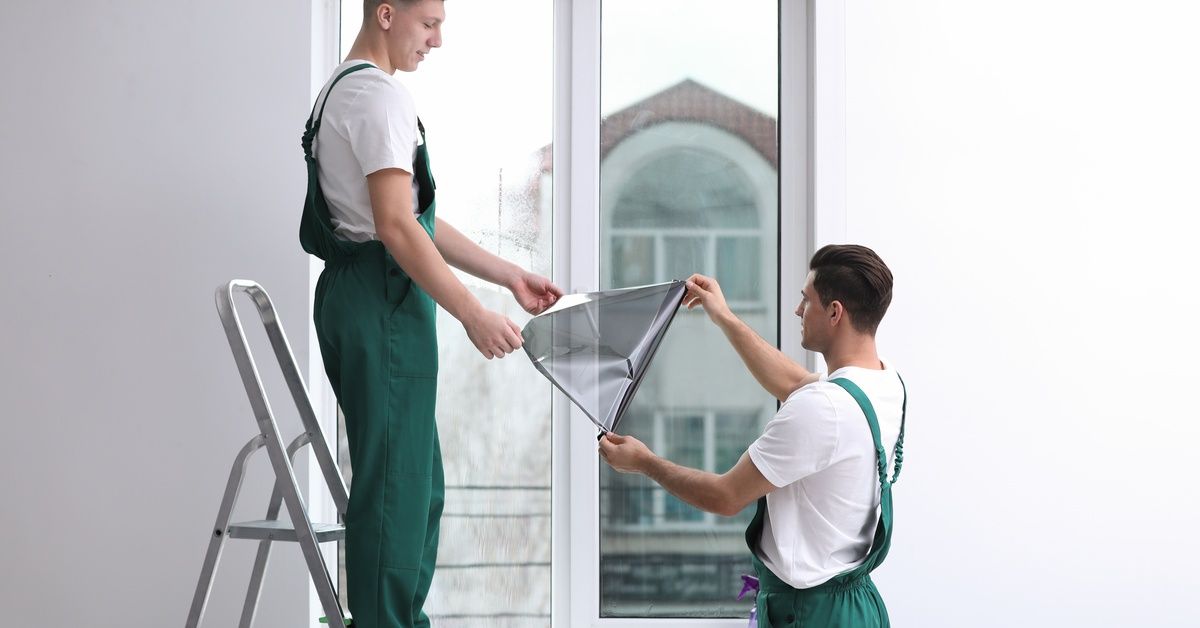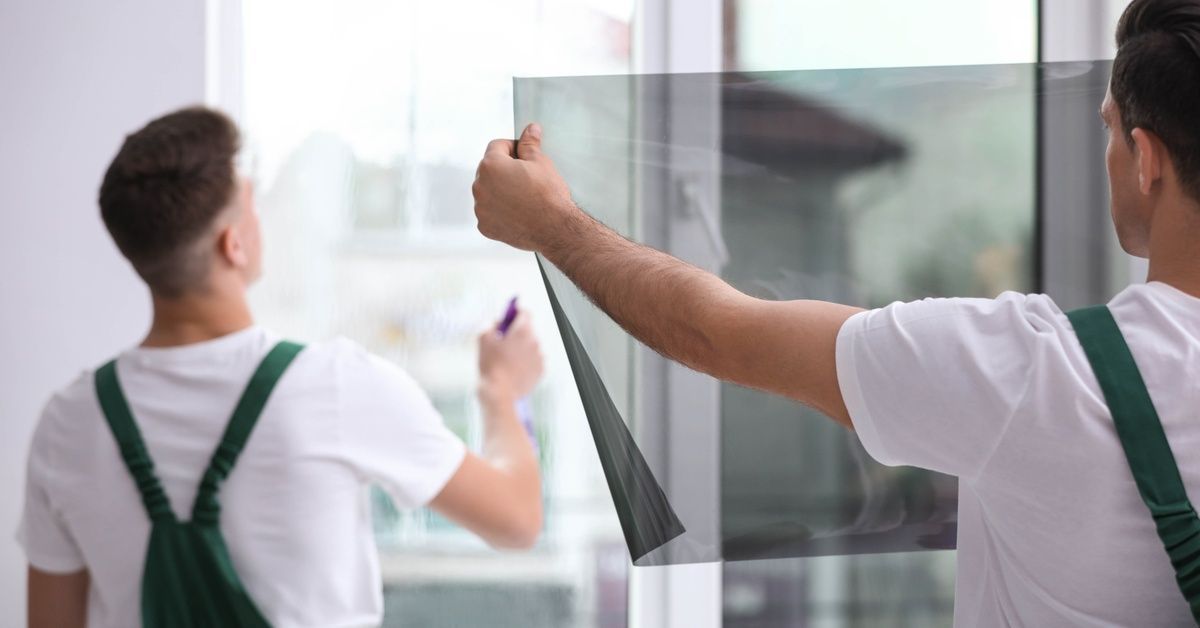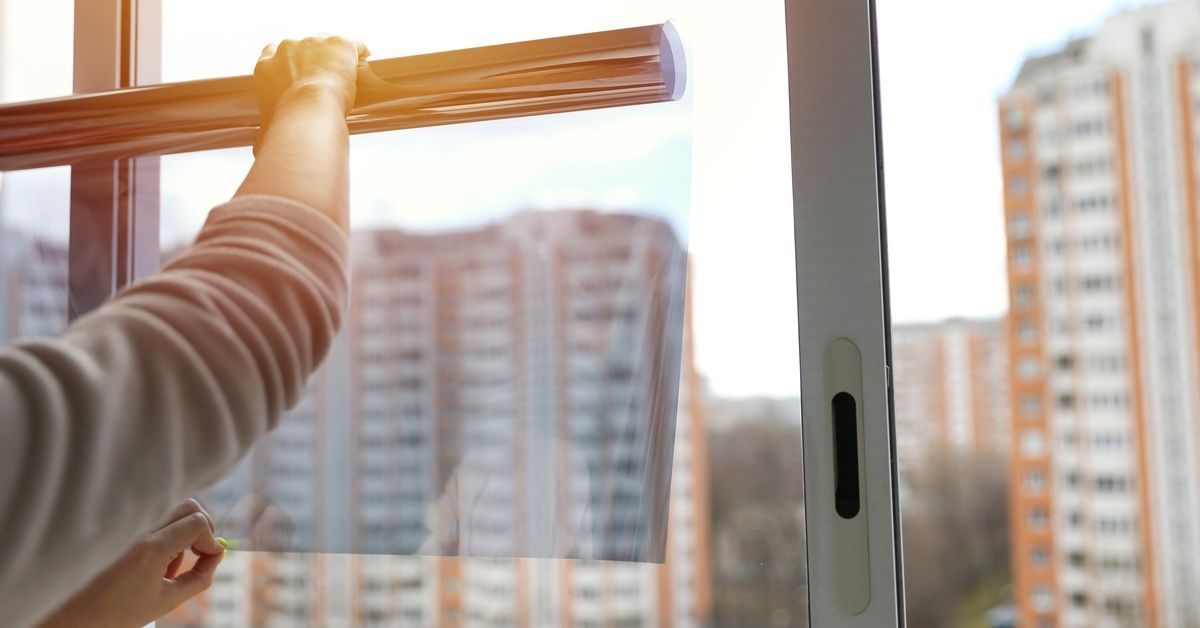What To Consider When Choosing an Office Window Tint
Beyond changing the aesthetic of your workplace, tinted windows offer a range of benefits for employees and clients. From improving energy efficiency to safeguarding privacy and creating a more comfortable work environment, window tinting is a smart investment for modern businesses.
By understanding the key factors like sunlight control, privacy, and long-term cost savings, you can make an informed choice that transforms your workspace. Let’s explore what to consider when choosing the ideal office window tint.
Assess Sunlight Control Needs
One of the first things you should think about is how much sunlight your office receives throughout the day. This plays a crucial role in choosing the right window tint. Abundant direct sunlight, especially in the afternoons, can lead to uncomfortable heat buildup and excessive glare on computer screens, making work challenging for employees. A window tint with high UV protection can effectively block harmful rays, reducing heat and glare while maintaining a comfortable indoor temperature.
Tints with high solar reflectivity are ideal for offices experiencing intense sunlight as they prevent spaces from overheating and reduce the strain on cooling systems. On the other hand, if your office only gets moderate sunlight, you may opt for tints that balance natural light while still offering some UV protection.
Prioritize Energy Efficiency
Window tints play a pivotal role in creating a comfortable and cost-effective workspace. One excellent example is low-emissivity (low-E) window films, which are designed to reduce heat loss in colder months while blocking excess heat during warmer months. By applying a quality low-E tint, an office in a region with cold winters can maintain a cozier indoor temperature without over-relying on heating systems.
Likewise, reflective tints can be particularly useful in sunny climates where air conditioning bills tend to skyrocket during summer. These films reduce indoor heat gain and keep cooling costs under control. This balance between performance and practicality optimizes energy use and enhances workplace comfort.

Consider Privacy Requirements
For confidential work environments, privacy is often a top priority. Frosted or reflective window tints can be excellent solutions to maintain discretion while still ensuring a professional appearance. For example, frosted tints are ideal for offices where sensitive discussions may take place, such as HR departments or conference rooms. These tints allow light to filter through while blurring the view from the outside.
Similarly, reflective tints provide a sleek, mirror-like finish that blocks prying eyes during the day while still allowing employees to enjoy a clear outdoor view. When selecting a tint, it’s essential to balance the desired level of interior visibility with exterior obfuscation to create a functional and aesthetically pleasing workspace.
Think About Aesthetics
When considering tint options, it is crucial to ensure that the chosen design aligns with both the interior decor and the exterior architecture of your office. Neutral or gray tints, for instance, provide a timeless and professional appearance suitable for corporate environments. Picture a modern tech firm with clean white walls and minimalist furniture. Gray tints effortlessly enhance this aesthetic, maintaining a sharp and cohesive look.
On the other hand, decorative tints can inject personality and flair into your space. For example, a creative agency or a coworking space might opt for frosted films etched with dynamic patterns or brand motifs. These not only add visual interest but also reinforce the company’s unique identity.
Understand Lighting Impact
Some window films can significantly darken a room, which might be great for reducing glare on screens but could also make the environment feel overly dim. For example, if your office relies on an open, airy aesthetic with lots of light, a lightly tinted or neutral film would be a better fit to maintain the space’s brightness.
Conversely, for conference rooms or areas where presentations are frequent, a darker tint might help block out excessive light and improve screen visibility. Understanding the balance between light control and ambience ensures your team stays comfortable and productive throughout the day.
Investigate Glare Reduction Features
For spaces where screen work is frequent, selecting a tint that minimizes glare is essential. Glare can lead to discomfort, eye strain, and decreased productivity, especially in offices or study areas where employees or students spend long hours in front of screens.
Imagine a bright, sunlit office where employees are squinting at their monitors due to excessive light reflecting off their screens—this can quickly lower morale and focus. By opting for tints designed to diffuse or reduce glare, such as those with antireflective coatings, you create a more comfortable visual environment.
Take the example of modern coworking spaces where most desks are near large windows. Installing a mid-level tint that blocks intense sunlight while preserving natural light can significantly improve visual clarity on screens.
Not only does this make reading emails and analyzing spreadsheets easier, but it also reduces headaches caused by overexposure to bright or uneven lighting. With proper glare reduction, the workplace becomes a more inviting and productive space for all.
Review Local Building Codes
When choosing a window tint for your office, one of the most important things to consider is building codes and regulations. Many areas have strict rules on the reflectivity of window films to prevent glare that could impact surrounding buildings, pedestrians, or drivers.
A window tint with a high level of reflectivity might dazzle a neighboring office, causing discomfort or distractions. Similarly, some regulations ensure the tint does not compromise visibility in case of emergencies such as fires or evacuations.
To ensure compliance, it’s a good idea to consult local ordinances or work with a professional installer who is familiar with your area’s legal requirements. In some cities, building owners must obtain permits for certain window modifications, while others must adhere to specific guidelines about the film’s safety performance, such as its shatter resistance.

Request Samples or Demonstrations
Before committing to a window film, it’s always a smart idea to request samples or schedule a demonstration to see how the tint will impact your office environment in real life. For example, you might want to test how a solar control film reduces glare during peak sunlight hours or how a decorative tint enhances privacy without making a space feel closed off.
A quick demo can help you visualize the result. It’s an easy way to asses whether the chosen film meets your specific needs, whether maintaining a comfortable indoor temperature or complementing your existing design.
At Sun Pro Glass Tinting, we’re here to guide you every step of the way, offering expert advice and high-quality options tailored to your goals. As experts in commercial window tinting, we understand the unique challenges and benefits of tinting for commercial spaces. Our team is fully equipped to handle any size project, from small office buildings to large retail spaces.
With our superior products and skilled installation services, you can protect your business while enhancing its appearance. Invest in a tinting solution that enhances comfort, efficiency, and style for years to come!







